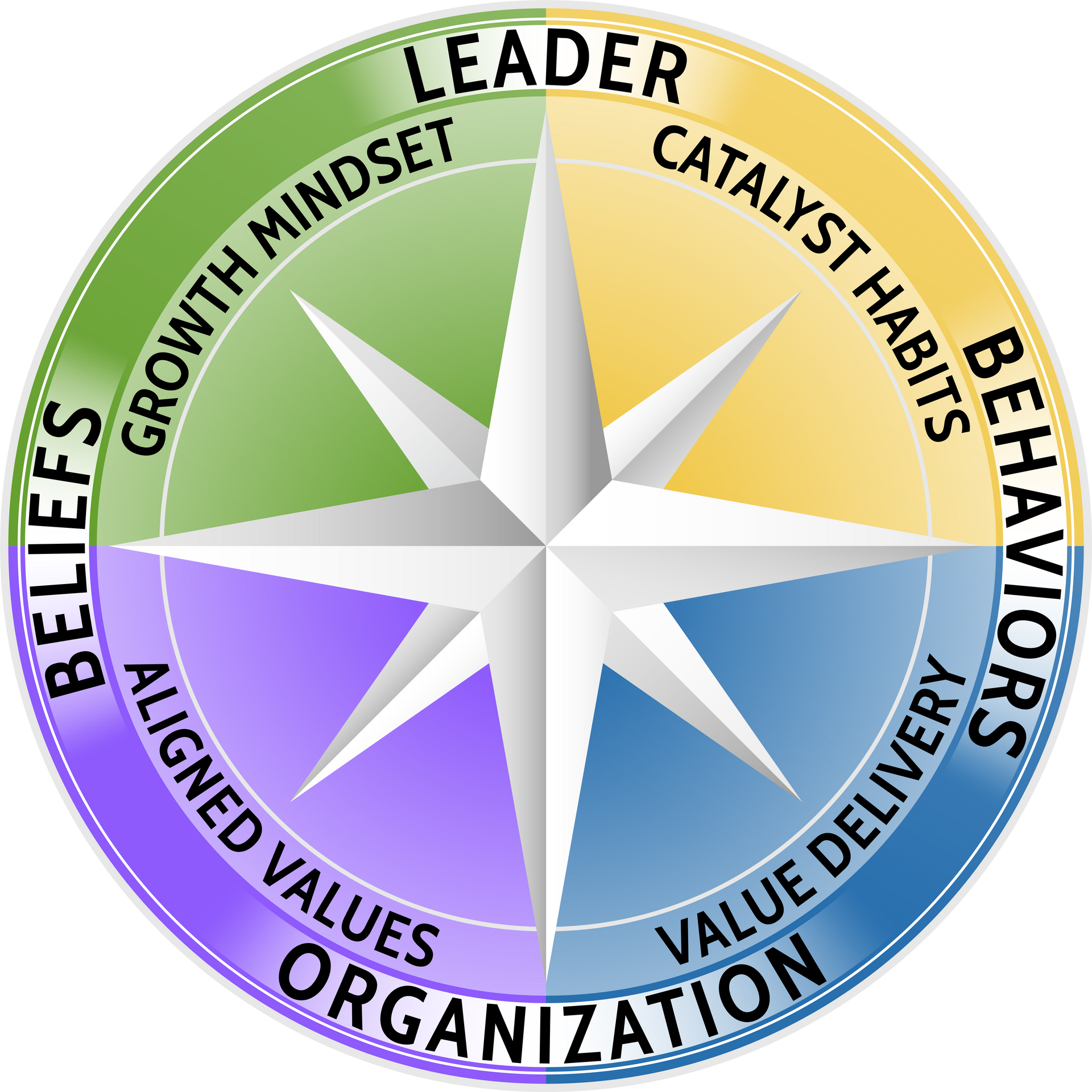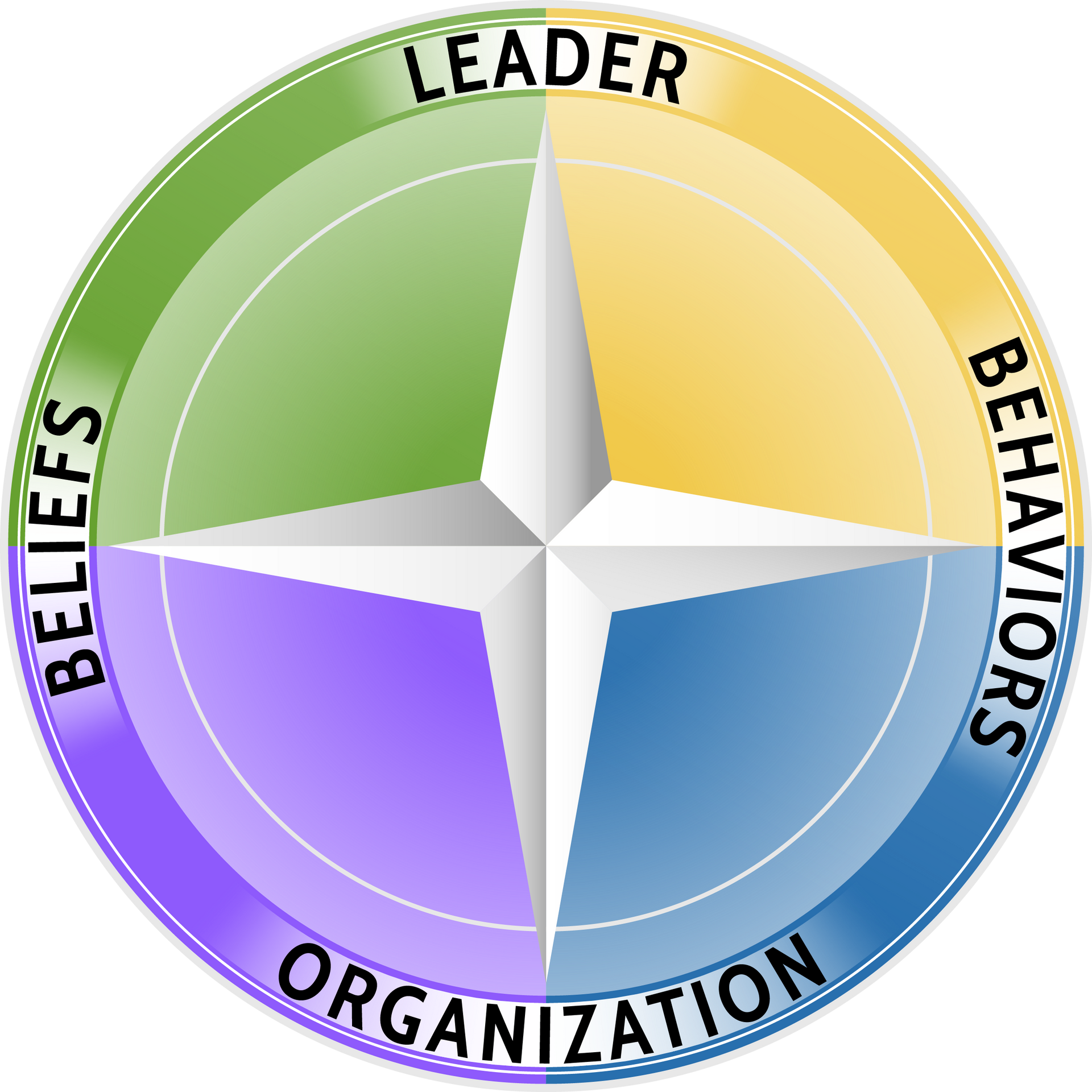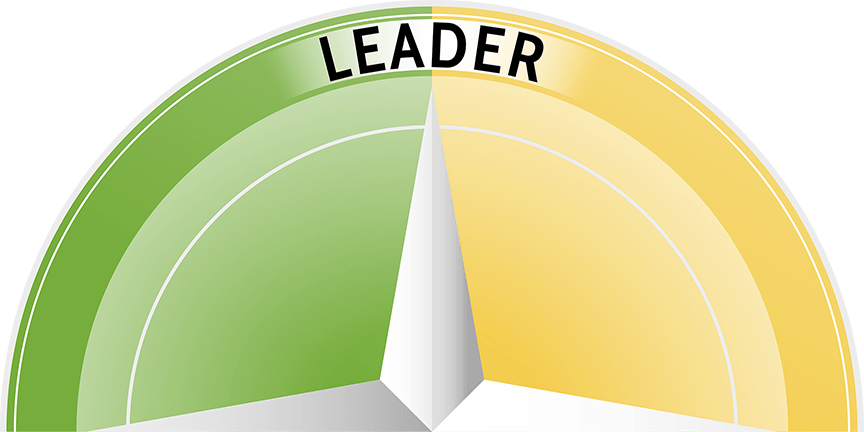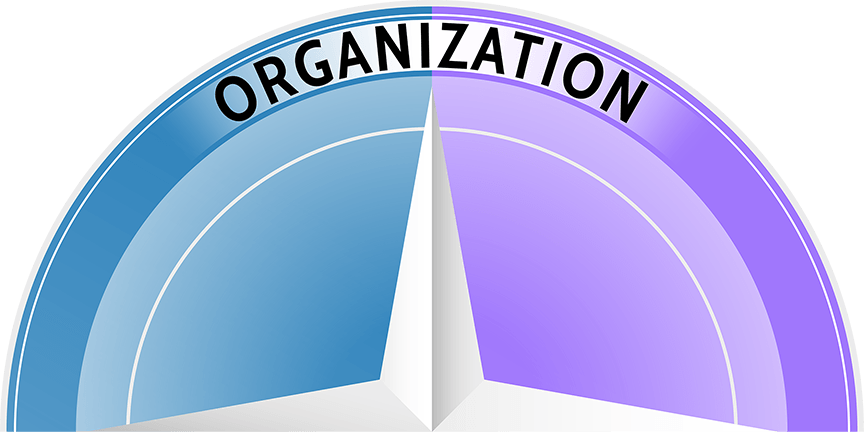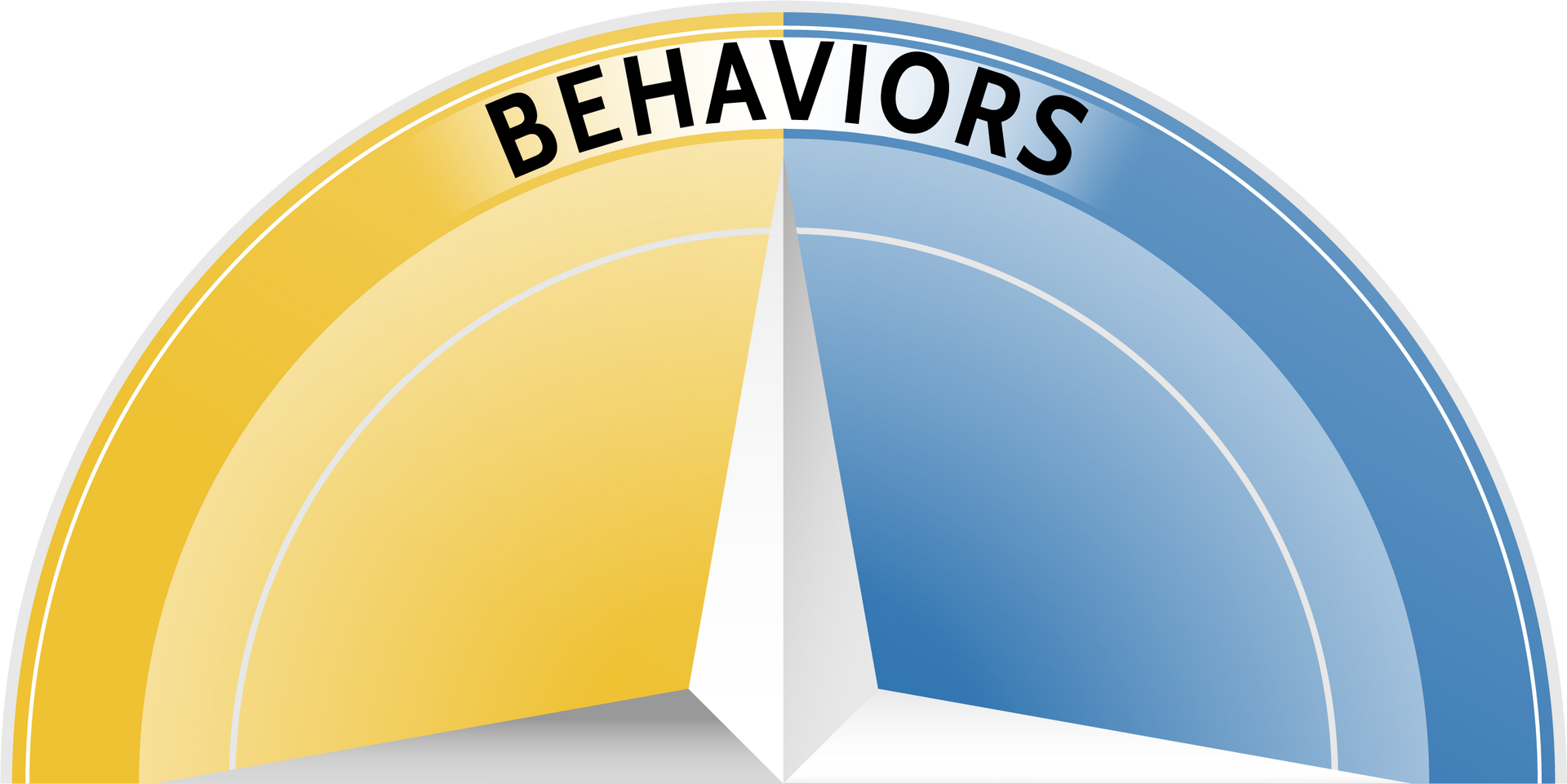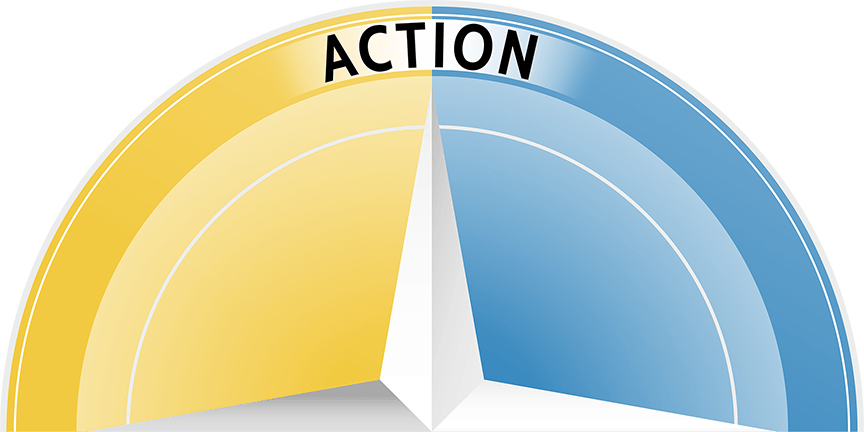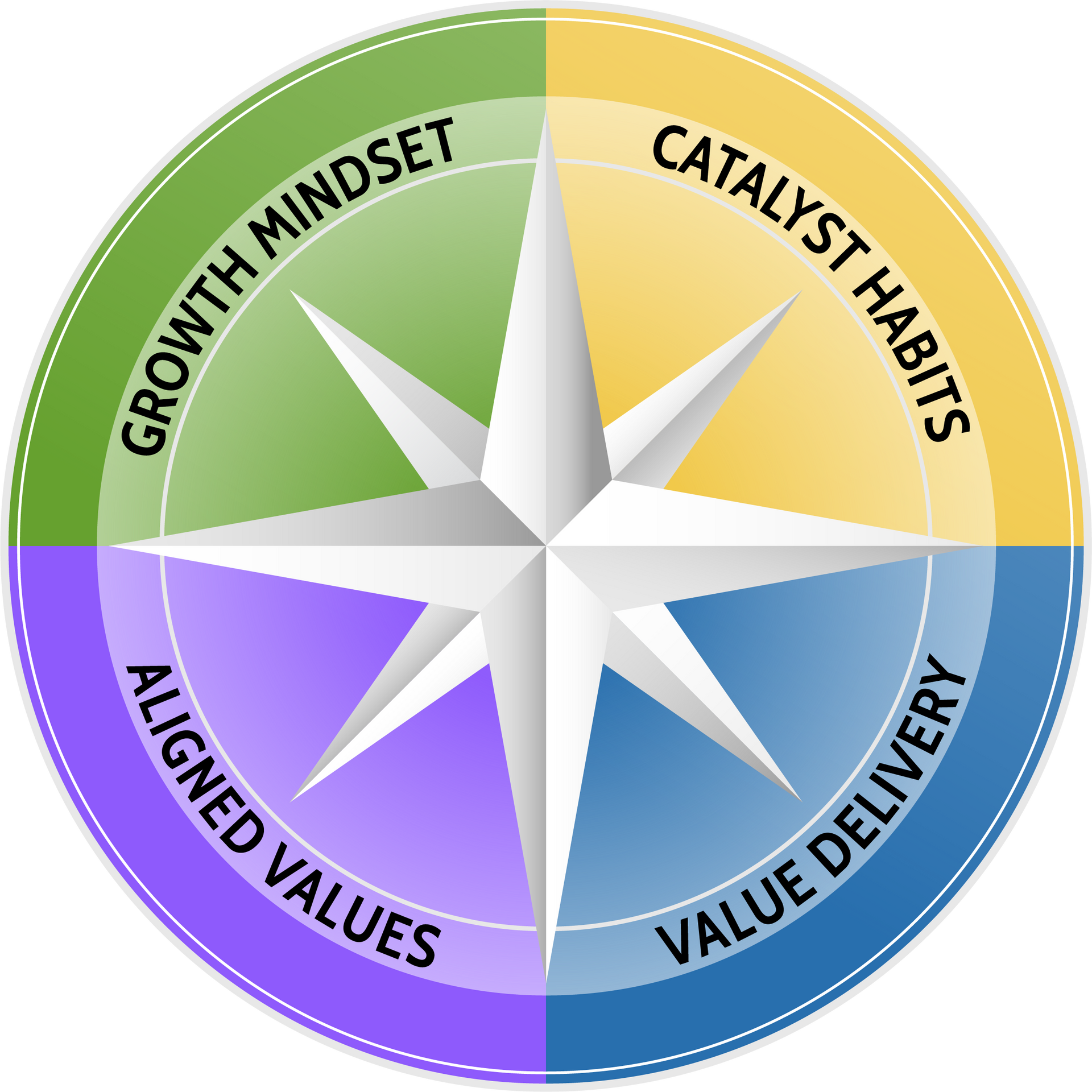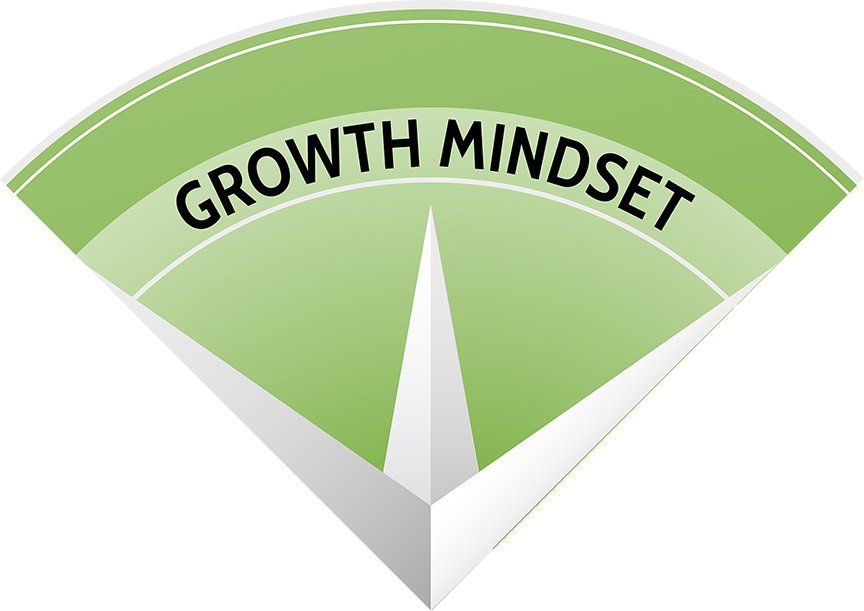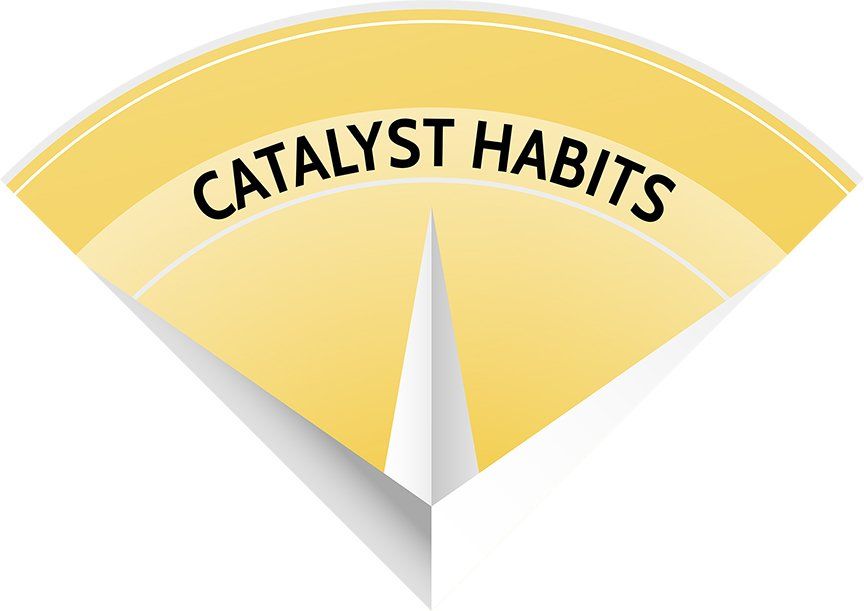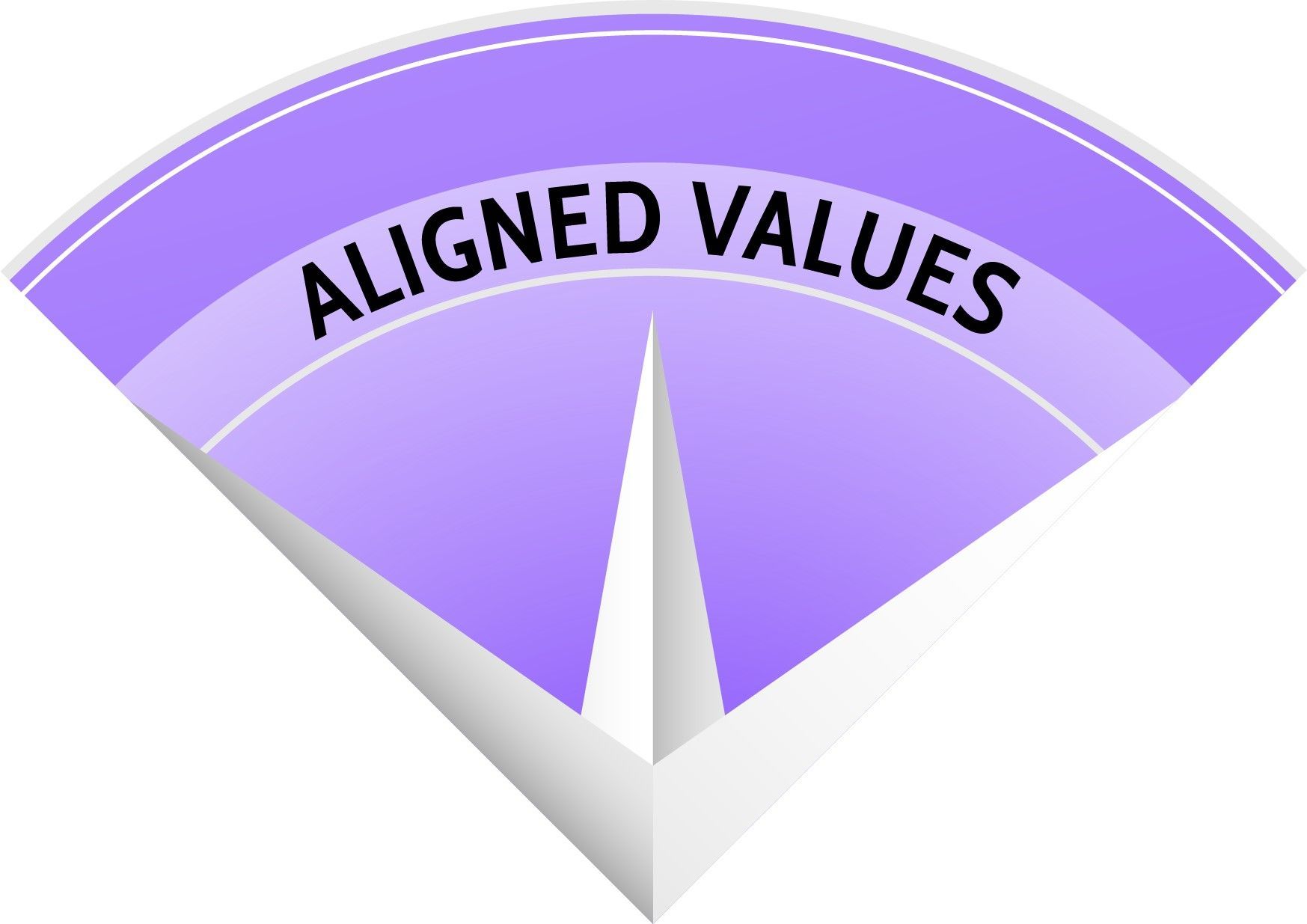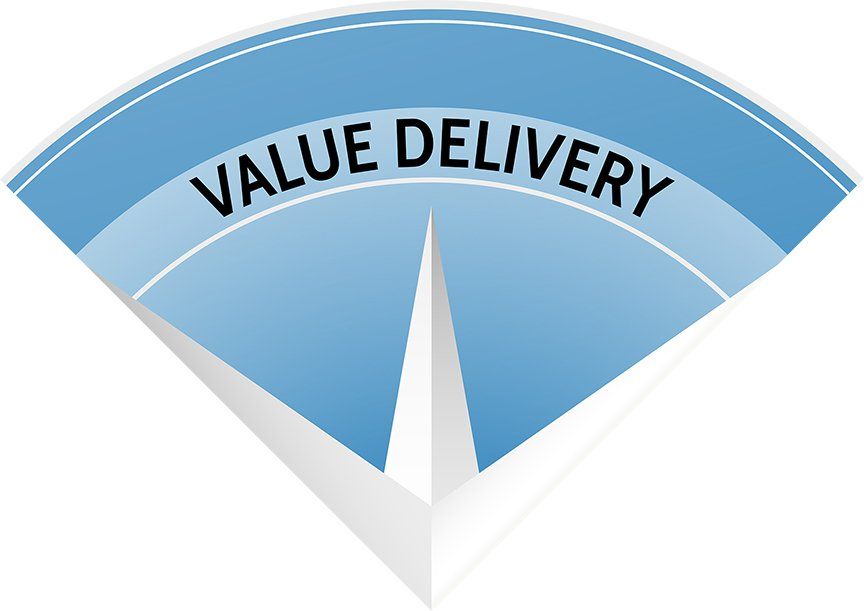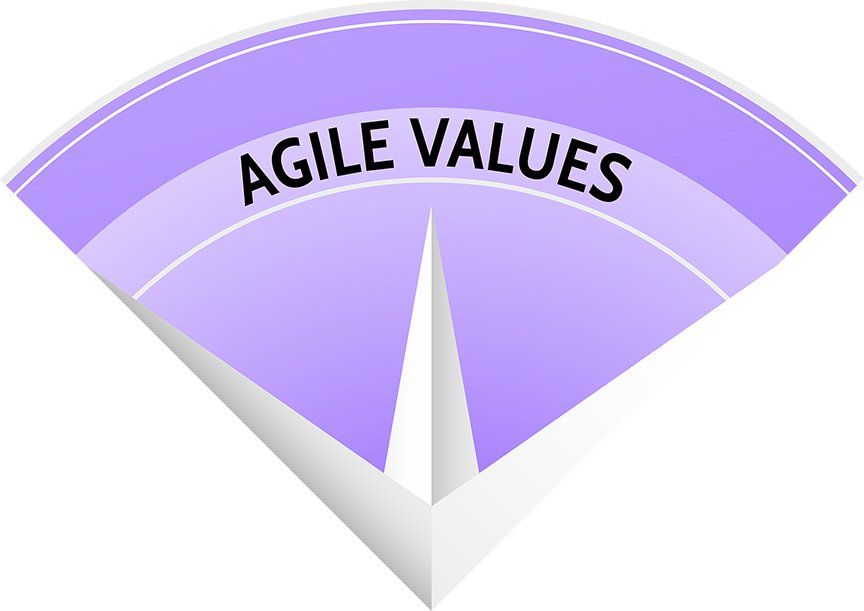The Leadership Journey Compass™
Our Leadership Journey Compass™ provides direction and orientation for leaders who are undertaking the Agile Leadership Journey™. The leadership compass is a tool to help navigate the complex and uncertain path toward improved leadership, aligned teams and organizations, and more effective delivery of value to customers and stakeholders. All Agile Leadership Journey™ leadership development programs align to the leadership compass.
It's helpful to visualize the leadership compass as two sets of mirrors: one mirroring left to right, the other top to bottom:
- Organizations Mirror Their Leaders - Organizations are made up of humans. As such, an organization's value system is based on the beliefs of its leaders. Organizational policies and metrics help support and enforce the value system.
- Behaviors Mirror Beliefs - What leaders believe impacts how they behave. What organizations believe impacts how they deliver. If leaders are not willing to change the way they think and what the organization values, no organizational change will occur.
Our Beliefs
- All leaders can develop a more adaptive mindset and shape culture.
- Greater agility involves more than process transformations – effective business agility requires mindset and culture shifts.
- As organizations mirror their leadership, adaptive organizations require adaptive leaders.
- Unless leaders undergo their own transformation, no organizational transformation will occur.
Directions of the Leadership Journey Compass™
The north and south points of the leadership compass oppose the leader and the organization. Leaders who do not first develop their own adaptiveness and agility will likely be ineffective at developing business agility and performance.
The west and east points of the leadership compass oppose beliefs and behaviors. How leaders think and what they believe impacts how they act and behave. What organizations value impacts how they deliver.
Leaders who over focus on short-term performance goals will inhibit their organizations’ ability to build capacity for sustained value delivery in the future. Most leaders (and equally agile transformation efforts) are drawn to the southeast quadrant (organization behavior), putting pressure on teams to deliver quickly. Effective leaders step back, examine the landscape, evaluate alternatives, and purposefully create opportunities to deliver value today. At the same time, they build the capacity needed to deliver value in the future.
Orientations of the Leadership Journey Compass™
The Leadership Journey Compass™ orientations provide navigational guidance to leaders to help develop their own awareness, thinking, intentions, and behaviors as well as the guidance required to develop more agile ways of working across the organization.
The top two orientations of the leadership compass focus on how the leader thinks and behaves. The lower two orientations of the leadership compass focus on developing the organization’s aligned values and customer value delivery.
Again, most leaders and organizational change efforts focus primarily toward the southeast quadrant (Value Delivery). However, agile leaders recognize that the three other orientations of the leadership compass (Growth Mindset, Catalyst Habits, and Aligned Values) are what enable organizations to sustain and grow their capacity to deliver today and in the future, so that is where they primarily focus.
Leadership Development Guided By the Leadership Journey Compass™
Navigating unfamiliar terrain requires tools like a map, compass, and GPS. The Leadership Journey Compass™ is a tool to help navigate the complex and uncertain path toward improved leadership and organizational effectiveness. The Agile Leadership Journey™ leadership education is guided by this leadership compass. Our education and coaching programs provide a research-based, holistic curriculum for leaders at all levels to improve themselves, their teams, and their organizations.

